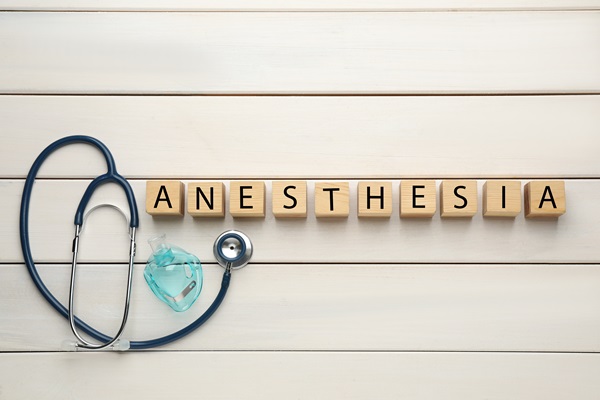Sedation Dentistry: Relaxing in the Dentist’s Chair

If you find yourself scared of visiting the dentist or undergoing dental procedures, you might benefit from sedation dentistry. Most people dealing with dental anxiety would rather endure pain from dental issues instead of meet with the dentist. Sedation dentistry can help you deal with your dental fears and relax in the dentist's chair. The dentist can apply sedation for invasive and simple procedures to ensure that you do not feel anything during the treatments. The application of sedation dentistry depends mainly on the nature of the dental anxiety.
Overview of sedation dentistry
Sedation dentistry uses medication to keep patients relaxed in the dentist's chair for treatment. People often call it sleep dentistry but this is not completely correct. While general anesthesia can be used, patients are usually awake. Dentists use different sedation levels, including:
- Minimal sedation, where the patient is awake but feels relaxed
- Moderate sedation, where the patient is conscious but may be sluggish and have no recollection of the procedure afterward
- Deep sedation, where the patient is hardly conscious but can be awakened if needed
- General anesthesia, where the patient is fully unconscious
Types of sedation options available
The following are the options available in sedation dentistry.
Inhaled minimal sedation
The dentist will administer nitrous oxide, also called laughing gas, together with oxygen via a nose mask attached firmly to the patient's nose. The gas keeps the patient relaxed. The dentist can manage the level of sedation, and the gas's effect often dissipates quickly. With this option, the patient may still be able to go home after dental treatment without assistance.
Oral sedation
The level of this sedation can range between mild to moderate, depending on the dosage administered. Patients will be given a pill for minimal sedation. The drug will be used about an hour ahead of the treatment. It will cause drowsiness but the person will remain awake. The dentist can induce moderate sedation by increasing the dose.
This is usually the most common method used in sedation dentistry. The drug may cause enough drowsiness that the patient actually falls asleep completely during treatment. However, they can be stirred out of sleep with a gentle shake.
IV moderate sedation
This dentist will induce relaxation by administering a sedative drug through the veins. The intravenous application causes the effects of the sedative to kick in almost immediately. It is possible to control the sedation level throughout the procedure.
Deep sedation and general anesthesia
Patients will take medications that will push them into a near unconscious or fully unconscious state during the treatment. Patients who are given this option cannot be woken until the anesthesia drug wears off or is reversed. Patients will usually need to arrange transport home afterward because they may be unable to drive.
Final note
All the sedation dentistry options mentioned also include using a local anesthetic to numb the area where the dentist is working and relieve pain. If you are struggling with dental fears, you can contact the dental office to ask about sedation options that can help you relax in the dentist's chair.
Request an appointment here: https://parkviewdentallv.com or call Parkview Dental at (702) 866-9311 for an appointment in our Las Vegas office.
Check out what others are saying about our dental services on Yelp: Sedation Dentistry in Las Vegas, NV.
Related Posts
While practicing good oral hygiene at home is important, routinely visiting a dental office is essential to maintaining oral health and achieving a confident smile. Whether seeking preventive care, restorative treatments, or cosmetic dental services, understanding what to expect can help make the experience more comfortable and productive. Here are five things patients should know…
Finding the right dentist near me is essential for maintaining long-term oral health. A skilled and experienced dentist provides high-quality care, preventive treatments, and cosmetic solutions to enhance a patient’s smile. Whether seeking a new provider due to relocation or a change in dental needs, knowing what to look for ensures the best possible experience.…
Dental restorations can help you maintain your oral health and prevent further decay. A dental filling is one of the most common restorative procedures used to treat mild to moderate cavities and other dental damage. This type of restoration restores the function and appearance of a damaged or decayed tooth. Let us walk you through…
Getting approval for dental implants is the first step in the process. Anyone interested in dental implants must undergo a consultation, examination, and assessment to be a viable candidate for the surgical process. Since an implant is surgically inserted into the jawbone, the patient needs to have sufficient bone and be free of gum disease.…
